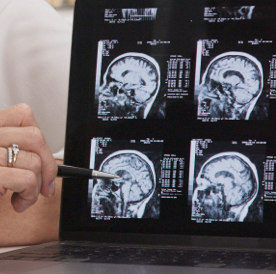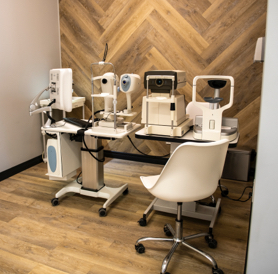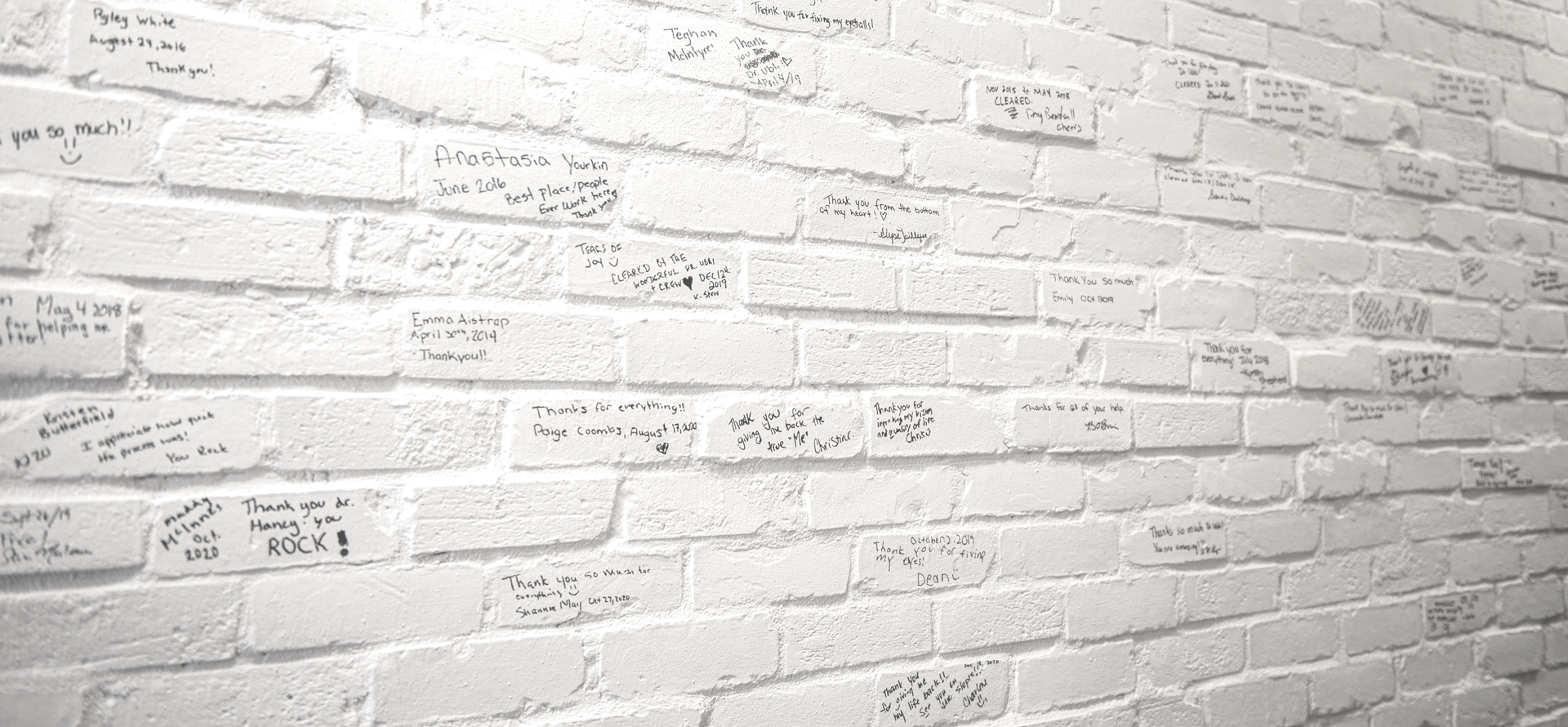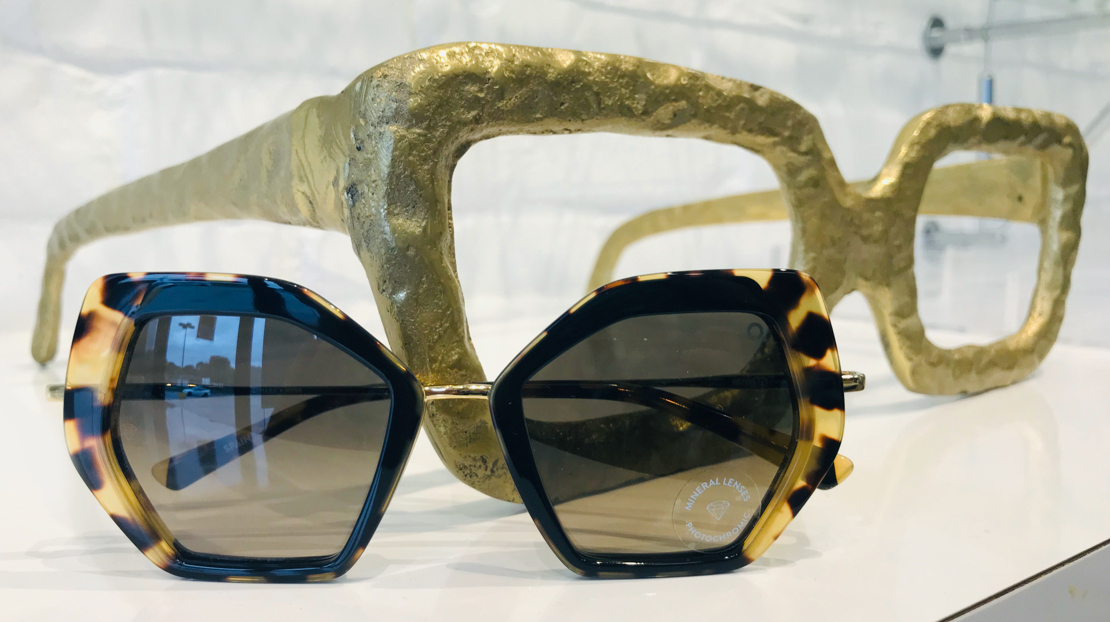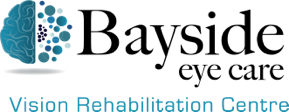Protect Your Eyes From the Demands of our Digital Age
Many of us are spending more time looking at screens than ever before. Whether it’s a computer, a TV, a smartphone, or a tablet, time spent in digital spaces can affect your eyes.
Screen use can lead to digital eye strain (or computer vision syndrome). While digital eye strain is not dangerous, the discomfort associated with using screens can lower your quality of life or exacerbate existing eye problems.
Symptoms of Digital Eye Strain
Digital eye strain causes symptoms that can interrupt your workflow and leave you uncomfortable and exhausted, including:
- Sore, tired, burning, or itching eyes
- Watery or dry eyes
- Blurred or double vision
- Headache
- Sore neck, shoulders, or back
- Increased sensitivity to light
- Difficulty concentrating
- Feeling that you cannot keep your eyes open
If you’ve noticed any of these symptoms, visit your eye doctor to learn how to ease your irritated eyes.
Give Your Eyes the Care They Crave
What You Can Do?
Managing digital eye strain at home is possible. Experts suggest employing the 20-20-20 rule: for every 20 minutes you spend at a screen, take a 20-second break and look at something 20 feet away from you.
If you work at a computer, make sure your workspace is set up appropriately:
- Keep your screen an arm’s length away and 20 degrees lower than your eye level
- Adjust the contrast to a level that is comfortable
- Match the brightness of your screen to your surroundings
- Avoid glare from other light sources
- Make sure to blink
What We Can Do For You?
Many of the symptoms associated with digital eye strain can also be indicators of more dangerous conditions. When you come in for your eye exam, let us know about your screen habits and any discomfort you may be having. We can provide suggestions for relieving eye strain and rule out other vision problems such as a binocular vision issue, dry eyes or other eye diseases that may be exacerbating symptoms when in front of a computer screen.
Blue-Light Filtering Lenses
Blue light-filtering lenses help reduce eye strain by filtering out specific wavelengths of blue-violet light, making it difficult for the human eye to focus. They can also help reduce the risk of retinal disease, improve your mood, and improve your ability to fall asleep and get good quality sleep.
Anti-Fatigue Lenses
Nikon’s Relaxsee Neo Series lenses offer a slight boost in power at the bottom of the lens that acts as an optical zoom to magnify close-up text, allowing the focusing system to relax and improving eye movements and coordination. Overall, these lenses are designed to reduce digital eye strain. The power boost required can be customized by one of our doctors.
Dry Eye Treatments
Prolonged and repetitive digital screen use will reduce your blinking frequency and quality, resulting in dry eyes. Bad blinking habits will eventually progress to meibomian gland disease and chronic dry eye syndrome.
The more relaxed the eyes are, the more natural your blink will be, so blue-filtering or anti-fatigue lenses can often reduce the risk of disease progression.
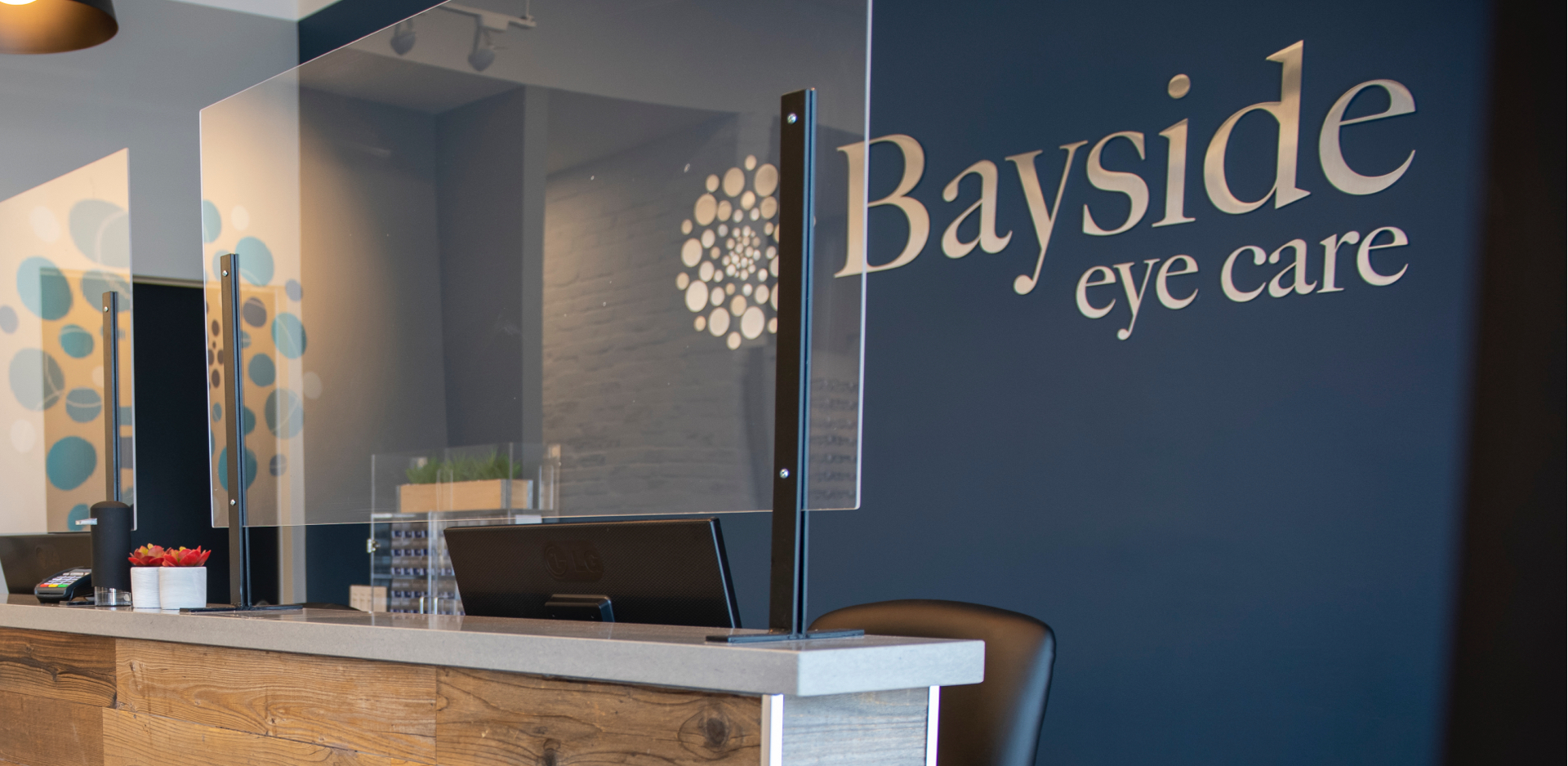
Our Location
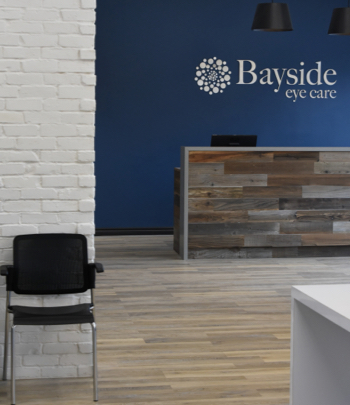
Visit Us
Just off Leacock Drive, find us in the strip mall next to O’Sullivan Animal Hospital.
- Phone: 705-728-3396
- 420 Leacock Drive, Unit I
- Barrie, ON L4N 5G5
Hours of Operation
- Monday: 9:00 AM – 5:00 PM
- Tuesday: 9:00 AM – 6:00 PM
- Wednesday: 9:00 AM – 6:30 PM
- Thursday: 9:00 AM – 6:00 PM
- Friday: 8:00 AM – 1:30 PM
- Saturday: Closed
- Sunday: Closed



See Our Google Reviews

OUR BLOG
Vision Therapy for Strabismus
Vision TherapyVision therapy is an effective, noninvasive treatment option that helps retrain the eyes and brain to work together more efficiently. […]
How Long Does Eye Strain Last?
Digital Eye StrainDry EyeEye HealthDigital eye strain tends to last for a few hours. In the meantime, it helps to take a break and rest your eyes—try avoiding screens where possible and regularly focusing your eyes at different distances. This gives them a much-needed rest.
[…]
Glaucoma vs Cataracts: What’s the Difference?
Eye ConditionsEye Health Glaucoma and cataracts are two of the most frequent eye issues, but they differ significantly in their causes, symptoms, and treatments.
[…]
Vision Therapy for Strabismus
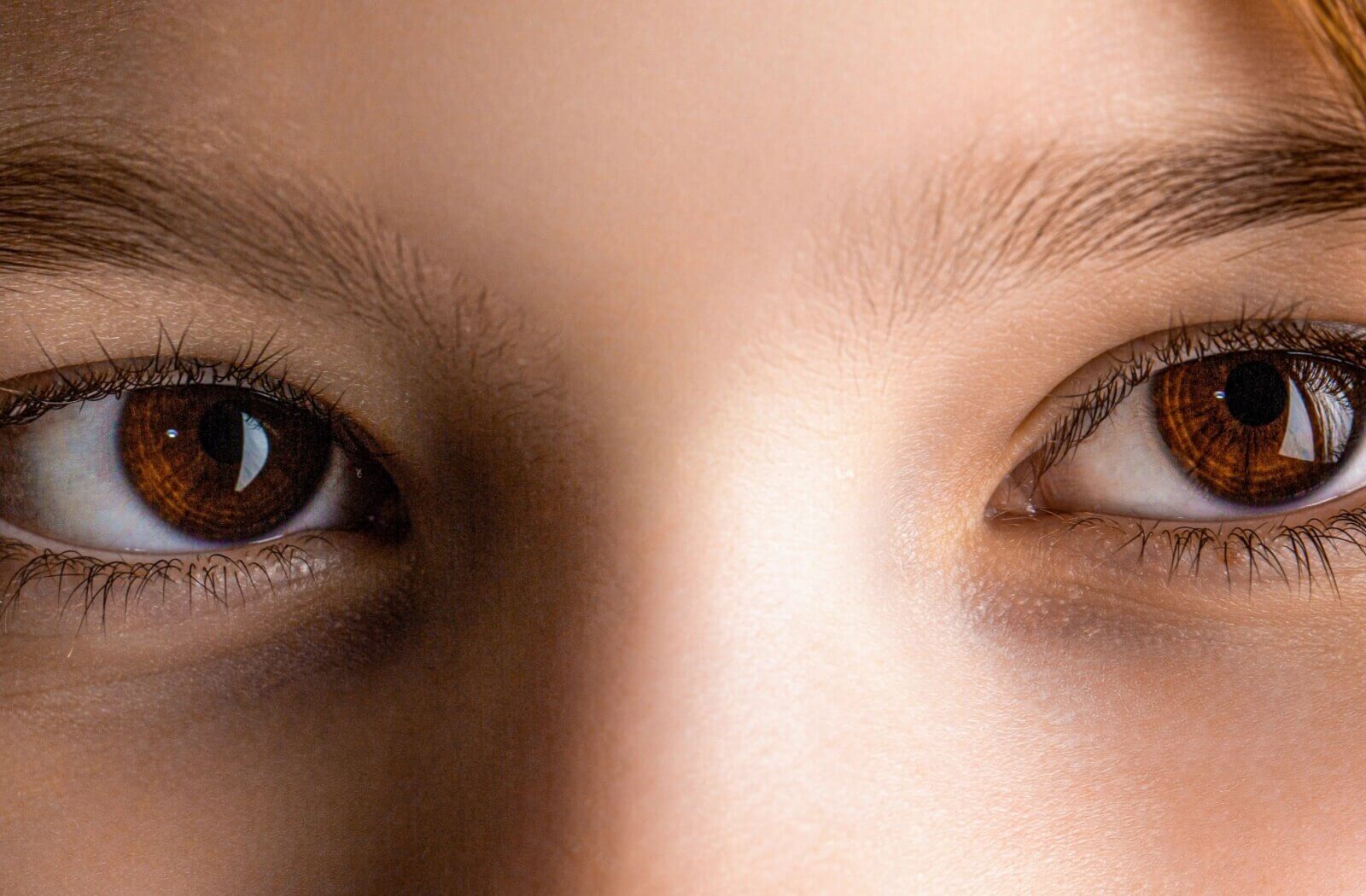
Vision therapy is an effective, noninvasive treatment option that helps retrain the eyes and brain to work together more efficiently. […]
How Long Does Eye Strain Last?
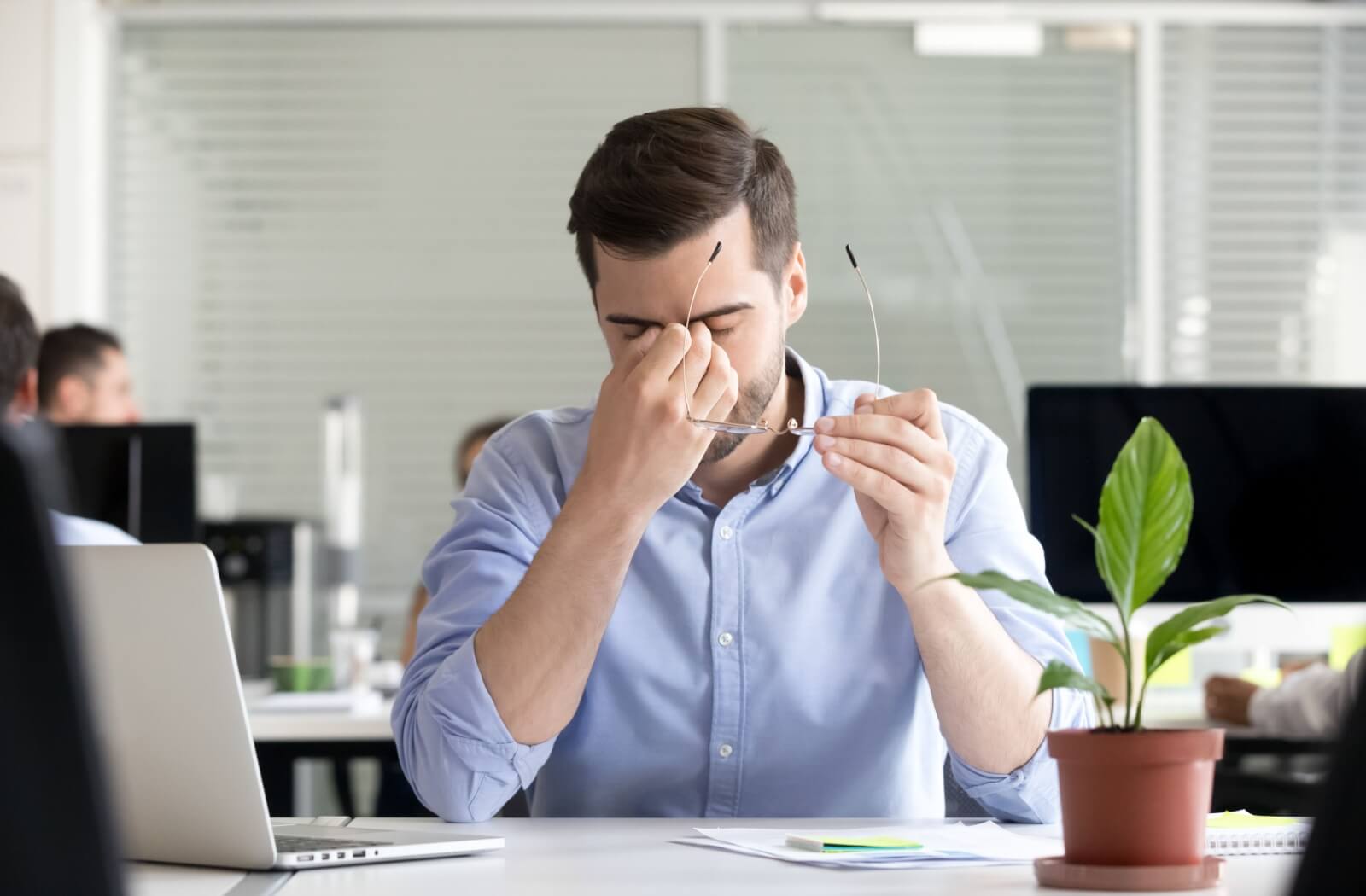
Digital eye strain tends to last for a few hours. In the meantime, it helps to take a break and rest your eyes—try avoiding screens where possible and regularly focusing your eyes at different distances. This gives them a much-needed rest.
[…]
Glaucoma vs Cataracts: What’s the Difference?
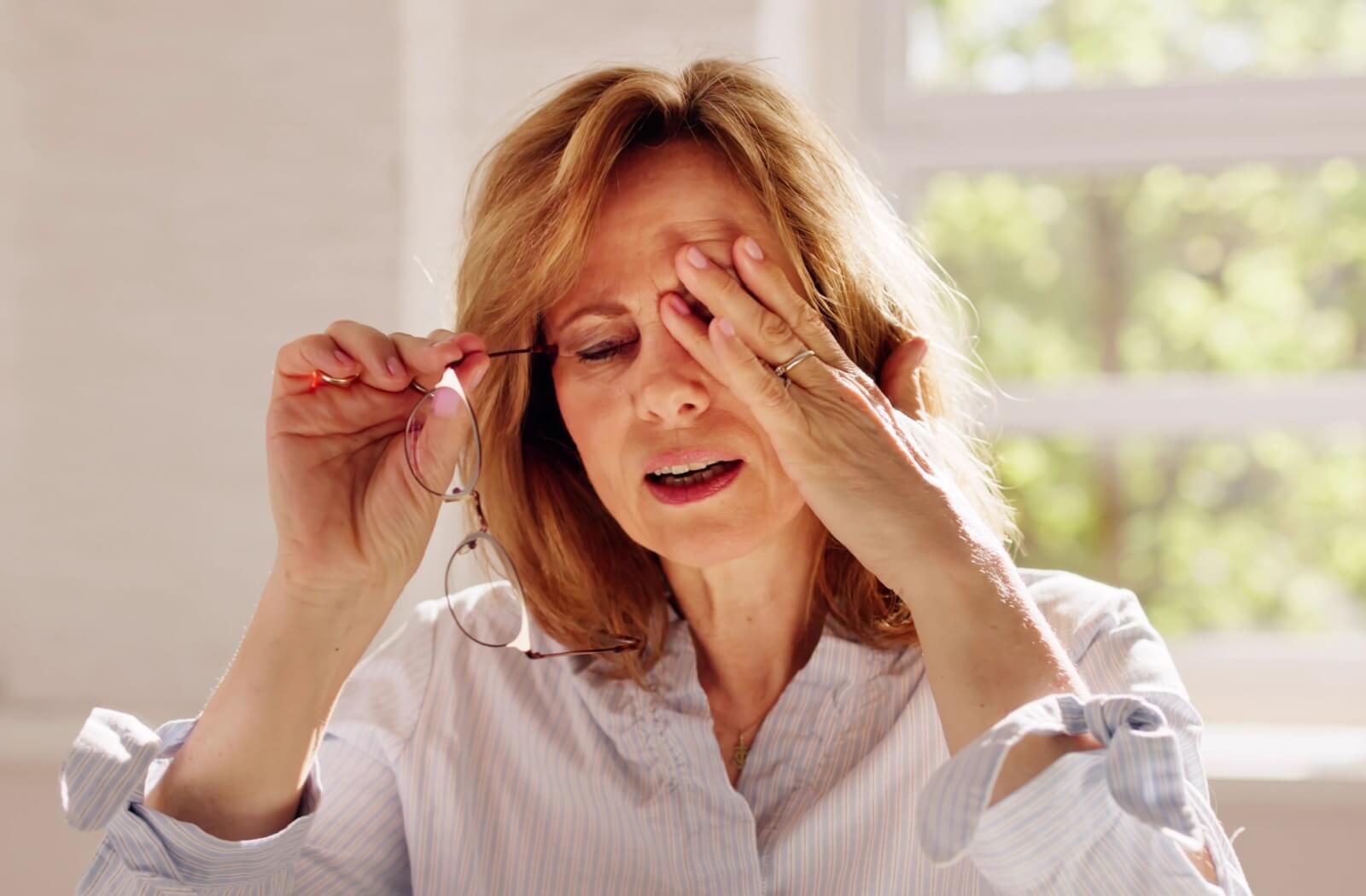
Glaucoma and cataracts are two of the most frequent eye issues, but they differ significantly in their causes, symptoms, and treatments.
[…]



